Coffee crafted by a skilled barista offers an appeal that goes beyond just being a beverage. The aroma and flavor of coffee can vary significantly based on the choice of beans, the roasting process, and the brewing method, revealing a rich and intricate world. In this article, we’ll dive deep into how to enjoy coffee like a pro, providing you with tips to elevate your coffee experience.
Understanding the history and culture of coffee can greatly enhance your enjoyment of it. We’ll also share easy-to-follow tips for selecting and brewing coffee at home, so make sure to stick around until the end!
- Gain a deeper understanding of the role and charm of a barista
- Learn about the history of coffee and its cultural significance around the world
- Discover essential tips for choosing and brewing coffee at home
What is a Barista? The Allure and Role of the Profession
The barista is a beloved profession among many, celebrated for their expertise in coffee. A barista’s job goes far beyond simply brewing coffee; it encompasses selecting beans, roasting, and conveying the allure of coffee through engaging interactions with customers. In this section, we will delve into the fundamental knowledge and professional skills of a barista. Understanding the charm of being a barista can significantly enhance your appreciation for coffee.
Basic Knowledge of Baristas
To grasp the essence of what a barista is, let’s first cover some fundamental knowledge. A barista is a specialist in brewing coffee and espresso, overseeing the entire process from bean selection to extraction and serving. They continually hone their techniques to maximize the flavors of coffee, and their knowledge and experience are extensive. For example, understanding how different types of beans and roast levels affect taste and aroma is crucial, as is choosing the optimal extraction method.
Moreover, strong communication skills with customers are essential for a barista. To ensure that customers enjoy the coffee they serve, a barista must listen to their preferences and requests, offering tailored suggestions based on those insights.
- Baristas are coffee experts.
- They are well-versed in bean selection and extraction methods.
- Communication with customers is also a vital skill.
Professional Skills of a Barista
To succeed as a barista, a variety of professional skills are required. First and foremost, deepening one’s knowledge of coffee is fundamental. This includes understanding different types of beans, roast levels, extraction methods, and even the history and culture of coffee. Such knowledge allows for the provision of higher-quality coffee.
Additionally, the technical skills involved in brewing coffee are equally important. Mastery of espresso machines and the ability to create latte art, producing visually appealing coffee, are essential skills. These abilities are refined through daily practice and experience.
- Knowledge of bean types and roast levels is necessary.
- Brewing skills improve with daily practice.
- The ability to create beautiful coffee through latte art is also important.
The History and Cultural Background of Coffee
Coffee is a beloved beverage enjoyed worldwide, but its history and cultural significance vary greatly from country to country. In this section, we’ll explore the origins of coffee and dive into the unique coffee cultures found across different nations. Understanding this rich background can enhance your appreciation and enjoyment of coffee, especially if you’re a barista. Let’s take a closer look at how coffee has become an integral part of our lives.
The Origins of Coffee
The origins of coffee are believed to trace back to Ethiopia. According to legend, a shepherd noticed that his sheep became energetic after eating coffee cherries, which sparked interest in the fruit. From there, coffee spread to the Arabian Peninsula and eventually gained popularity around the world. During the Ottoman Empire, coffee became a crucial social item, leading to the development of café culture.
The ways coffee is consumed and served also vary by region. For instance, in Turkey, a strong coffee brewed with a specific method is the norm, while in Italy, espresso reigns supreme. Thus, the origins and spread of coffee are deeply intertwined with culture and history.
- Coffee is believed to have originated in Ethiopia
- It spread to the Arabian Peninsula and became an important social item during the Ottoman Empire
- Different regions have their own unique ways of enjoying coffee
Coffee Cultures Around the World
Each country boasts its own distinctive coffee culture. For example, in France, café au lait is popular and typically enjoyed with breakfast. In the United States, drip coffee is the standard, and a casual café culture has flourished. Additionally, coffee-producing nations like Colombia and Brazil have special ways of preparing local beans.
Japan also has a unique coffee culture. Influenced by the third wave coffee movement, there has been a rise in specialty shops that focus on the origin of the beans and the roasting process. Baristas work hard to pursue the highest quality coffee, striving to provide customers with an exceptional experience.

If you found this article interesting, you might also enjoy “Mastering the Flavors of Ethiopian Coffee: A Comprehensive Guide to Its History, Selection, and Brewing.” This piece delves into the unique flavors of Ethiopian coffee and the culture behind it, offering tips on selection and brewing techniques. It’s packed with insights to further enhance your appreciation of coffee’s history and culture.
- Each country has its own unique coffee culture
- Examples include France’s café au lait and America’s drip coffee
- Japan is seeing an increase in specialty shops influenced by the third wave coffee movement
Choosing the Right Coffee for Enjoyment at Home
When it comes to enjoying coffee at home, selecting the right type is crucial. By leveraging your knowledge as a barista and understanding the types of beans and roast levels, you can brew a more delicious cup of coffee. In this section, we’ll delve into how to choose coffee for home brewing, focusing on the different types of beans and their characteristics, as well as the variations in roasting levels. Let’s find the perfect coffee for you and make your daily moments even more special.
Types of Beans and Their Characteristics
There are primarily two types of coffee beans: Arabica and Robusta. Arabica beans are known for their aromatic qualities, with rich sweetness and acidity, delivering a delicate flavor. On the other hand, Robusta beans have a stronger bitterness and higher caffeine content, allowing for a bold taste experience. The choice between these beans significantly influences the flavor profile of your coffee.
Additionally, the origin of the beans plays a vital role in their taste. For instance, Brazilian beans are known for their nutty flavors, while Colombian beans offer a fruity acidity. Experimenting with different beans can be a delightful way to discover what suits your palate best.
- Coffee beans come in two main types: Arabica and Robusta
- Arabica beans are aromatic, while Robusta beans are more bitter
- Flavor varies by origin, adding to the fun of trying different options
Understanding Roast Levels and How to Choose
The roast level also greatly impacts the flavor of the coffee. Generally, roasts are categorized into three levels: light, medium, and dark. Light roasts are characterized by their strong acidity and allow you to enjoy the beans’ natural flavors. Medium roasts strike a good balance, offering a harmonious blend of sweetness and acidity. Dark roasts provide a rich, bold taste with prominent bitterness and a toasted aroma.
When enjoying coffee at home, it’s important to select a roast level that matches your personal preference. By varying the roast level each time you brew, you might uncover new flavors and experiences. Embrace the joy of discovering your ideal cup!
- Roast levels are categorized into light, medium, and dark
- Light roasts have a strong acidity, while dark roasts offer a rich flavor
- Changing roast levels can lead to new discoveries in taste
The Ideal Way to Brew Coffee
To truly enjoy coffee at home, it’s essential to know the best brewing methods. By leveraging barista skills and incorporating some pro techniques, you can elevate your coffee experience and make it even more special. In this section, we’ll share easy methods for brewing coffee that anyone can try, along with some insider tips from baristas. Be sure to give them a shot!
Basic Brewing Methods
When it comes to brewing coffee, there are several basic methods to choose from, including drip, French press, and espresso. Drip coffee is a simple technique that involves pouring hot water over coffee grounds using a paper filter, making it easy to extract the beans’ flavors. You’ll find it enjoyable to experiment with different water temperatures and pouring styles, as they can significantly alter the taste.
French press coffee involves soaking coarsely ground beans in hot water and then pressing down a plunger after a few minutes. This method retains the coffee oils, allowing you to savor a rich and full-bodied flavor. On the other hand, espresso is made by forcing hot water through finely ground coffee under pressure, resulting in a thick and creamy shot that’s hard to resist. Understanding the unique characteristics of each brewing method will help you choose what suits your taste best.
- Drip coffee is simple and easy to flavor
- French press offers richness and retains coffee oils
- Espresso is thick and creamy, a delightful choice
Barista’s Pro Tips
Baristas employ several professional techniques when brewing coffee. One of the key factors is the grind size of the beans. The grind size can greatly affect the extraction process, making it crucial to use the right coarseness. Generally, a medium grind is recommended for drip coffee, a coarse grind for French press, and a fine grind for espresso.
Temperature control is another important aspect to consider while brewing. The ideal water temperature is around 90–96 degrees Celsius (194–205 degrees Fahrenheit). If the water is too hot, your coffee may taste overly bitter, while water that’s too cool can lead to a sour flavor. Lastly, pay attention to the extraction time: aim for about 3–4 minutes for drip coffee and 4 minutes for French press. By keeping these tips in mind, you can enjoy a more delicious cup of coffee.
- The grind size significantly impacts extraction
- The ideal water temperature is 90–96 degrees Celsius
- Extraction time matters; managing it properly changes the flavor
Conclusion
In this article, we’ve explored the captivating world of coffee through the eyes of a barista. By understanding the origins and cultural significance of coffee, you can connect with its rich history and elevate your coffee experience at home. We also shared tips on choosing the right beans, understanding roast levels, and brewing methods to help you discover the perfect cup that suits your taste.
With the knowledge gained from a barista, you can transform your daily coffee ritual into something truly special. Take the time to enjoy your coffee moments at home and embark on a journey to find your unique brew.
- Baristas are coffee experts, and knowing how to choose and brew beans is key.
- Coffee is steeped in diverse cultures and histories, and deepening that knowledge can enhance your enjoyment.
- It’s important to grasp the essentials for enriching your coffee life at home.
We hope you continue to savor wonderful coffee moments! We’d love to hear your thoughts and questions about coffee, so please share them in the comments. We look forward to hearing from you!




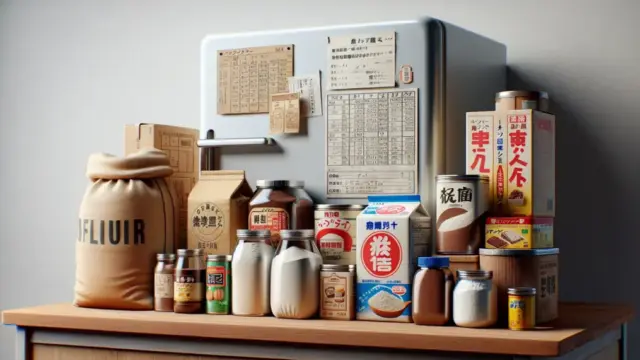

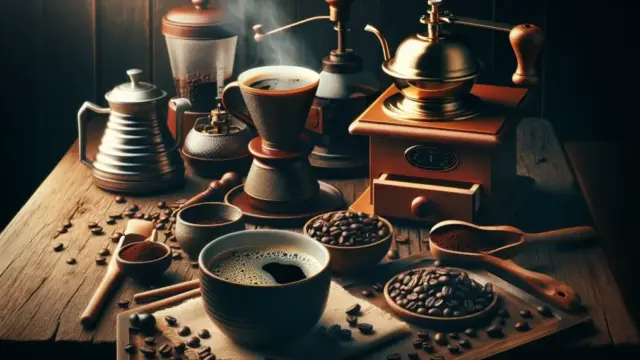

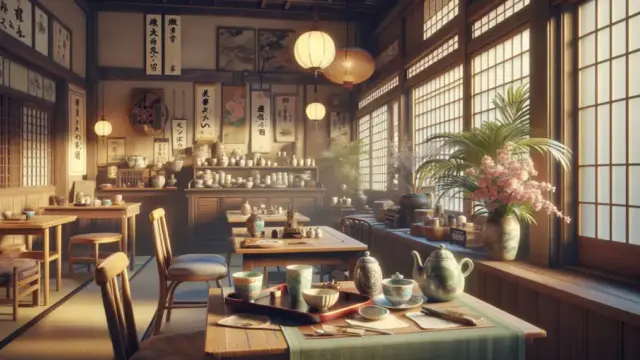
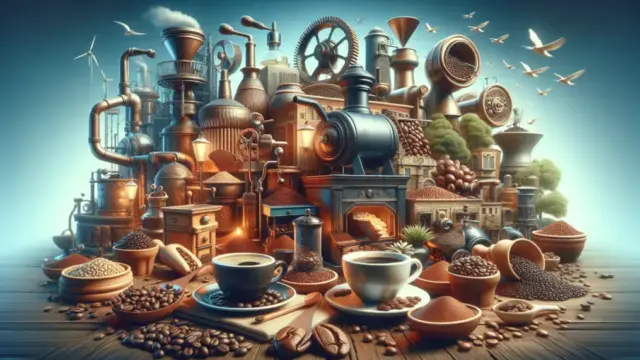




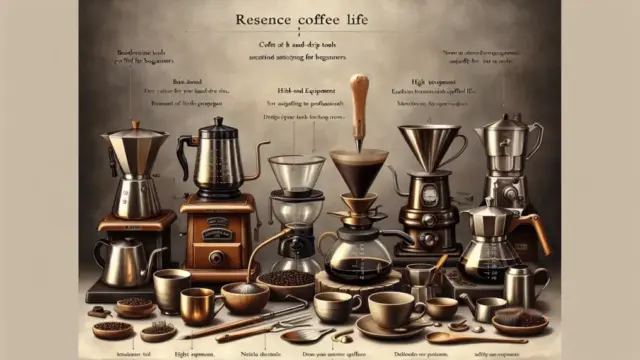
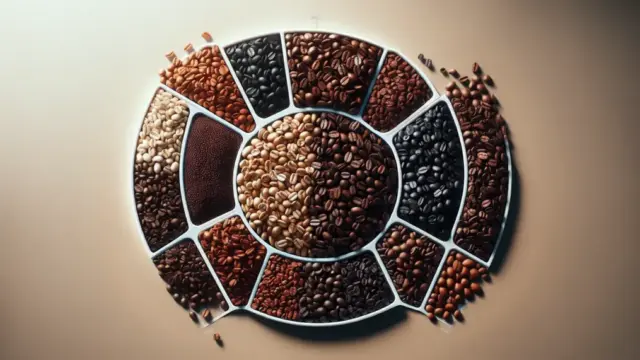



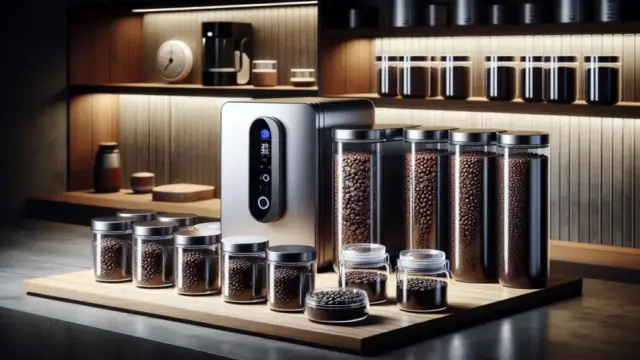
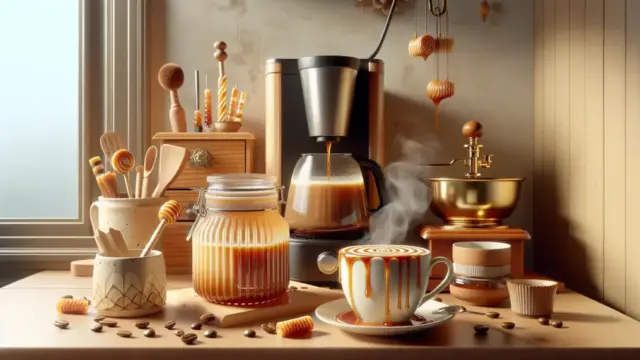






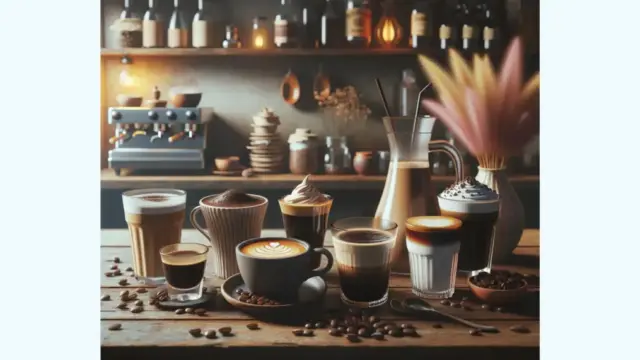


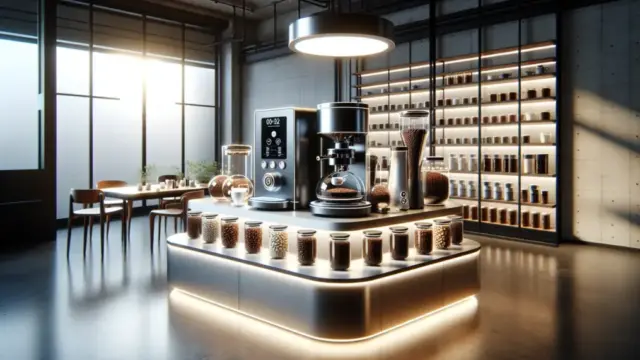







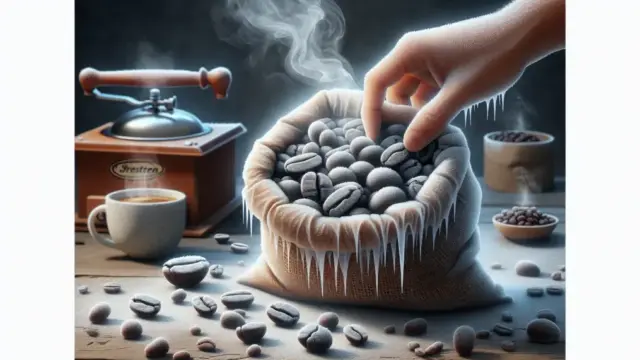
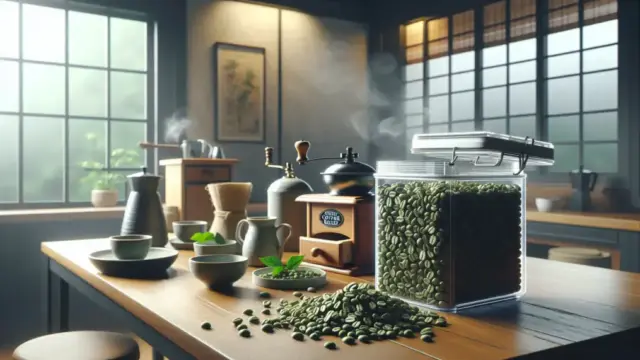





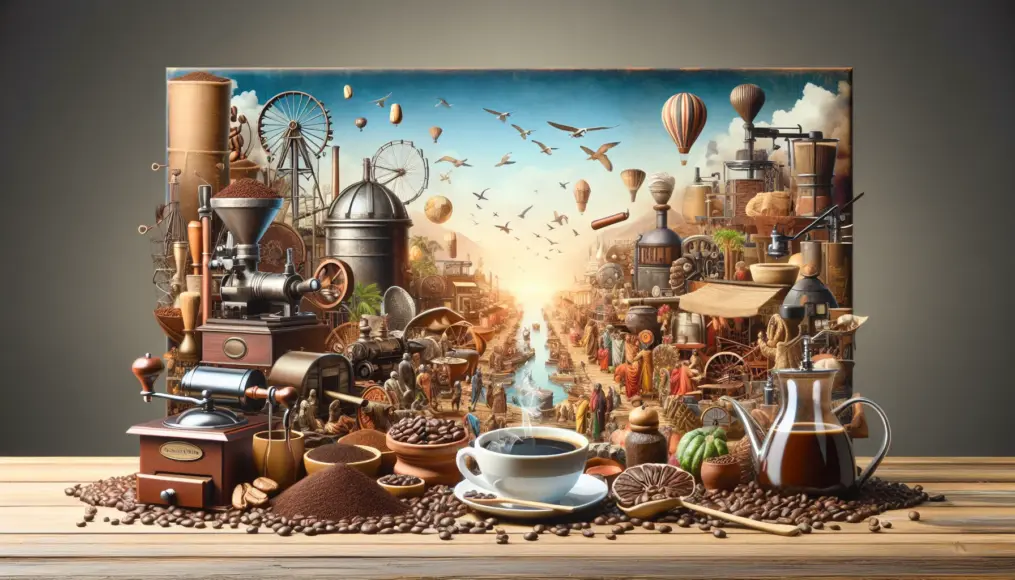
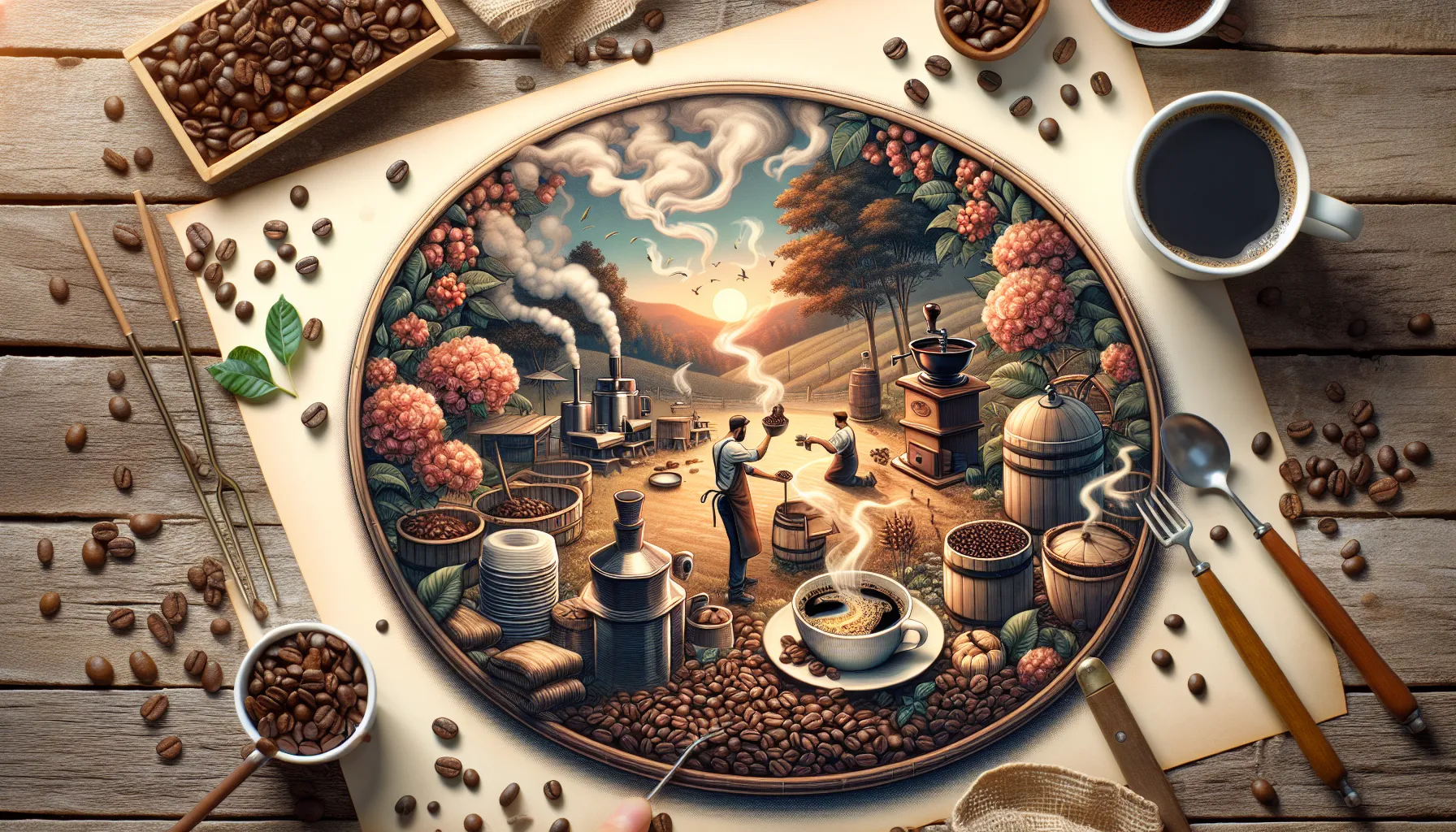
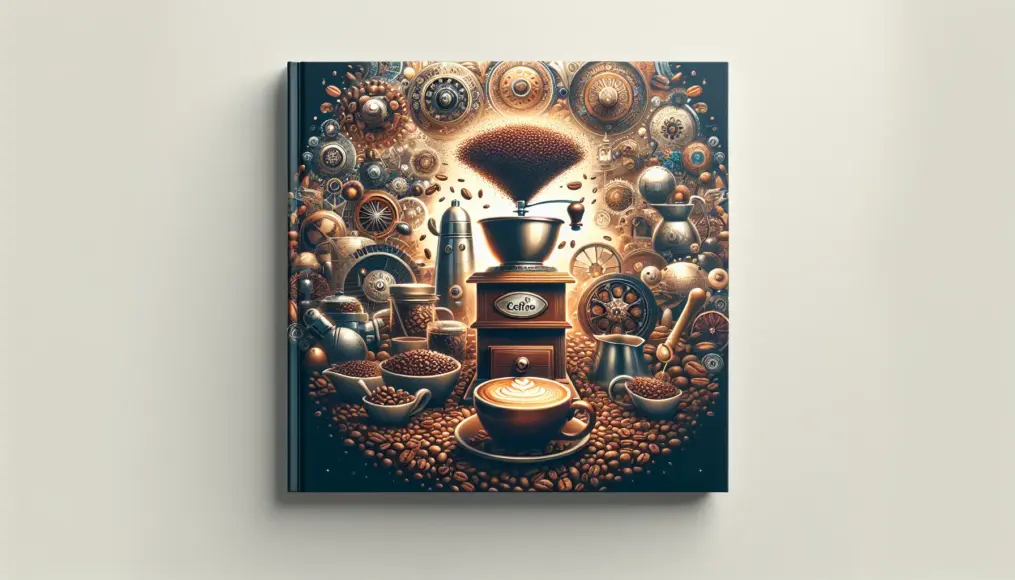
Comment